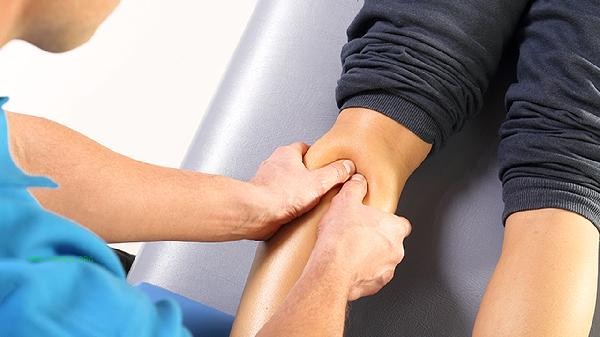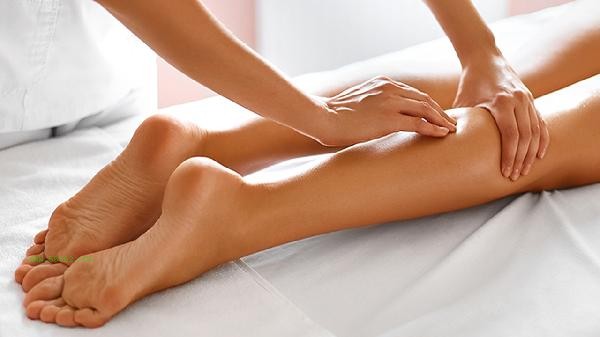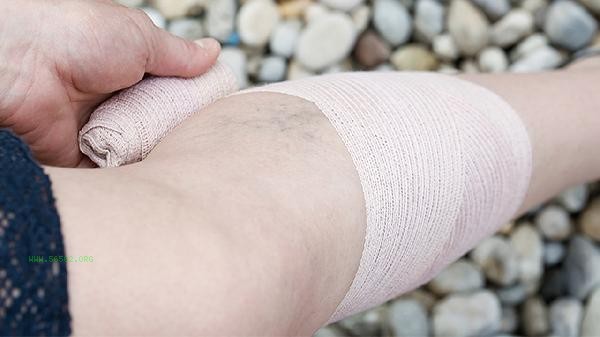Ankylosing muscle spasms can be relieved through medication, physical therapy, lifestyle adjustments, traditional Chinese medicine treatment, and surgical treatment. Ankylosing muscle spasms may be related to electrolyte imbalances, neurological disorders, muscle strain, drug side effects, or genetic factors, typically manifested as muscle stiffness, pain, and restricted movement.

1. Medication therapy
Medication therapy is a common method for relieving spasticity of muscles. Commonly used medications include muscle relaxants such as methylprednisolone hydrochloride, Tizanidine, and Baclofen, which can alleviate muscle tension and pain. Antiepileptic drugs such as carbamazepine and gabapentin can also be used to control neurogenic spasms. When using medication, it should be done under the guidance of a doctor to avoid self adjustment of dosage or long-term dependence.
2. Physical therapy
Physical therapy can help improve muscle function and relieve spasms. Hot or cold compress can alleviate local muscle tension and inflammation. Massage and stretching exercises can promote blood circulation and reduce muscle stiffness. Electrical stimulation therapy, such as percutaneous nerve stimulation, can also be used to alleviate spastic symptoms. Physical therapy should be performed under the guidance of professionals to avoid excessive stretching or muscle damage.
3. Lifestyle adjustment
Adjusting lifestyle plays an important role in preventing and relieving tonic muscle spasms. Maintaining sufficient water intake helps maintain electrolyte balance and reduce the occurrence of spasms. Regular exercises such as yoga or swimming can enhance muscle flexibility and strength. It is also crucial to avoid maintaining the same posture for long periods of time or overexertion, and to rest and relax muscles appropriately.

4. Traditional Chinese Medicine Treatment
Traditional Chinese medicine can treat ankylosing muscle spasm with acupuncture and moxibustion, massage or traditional Chinese medicine. Acupuncture and moxibustion relieves muscle tension and pain by stimulating specific points. Tuina can promote the circulation of qi and blood, and improve local blood circulation. Traditional Chinese medicines such as Paeonia lactiflora, Glycyrrhiza uralensis, and Chuanxiong have the effect of relaxing muscles and activating collaterals, and can be used under the guidance of a traditional Chinese medicine practitioner. Traditional Chinese medicine treatment should be based on individual constitution and symptom differentiation.
5. Surgical treatment
For severe or refractory muscle spasms, surgical treatment may be the last resort. Selective posterior rhizotomy can reduce abnormal nerve signal transmission and alleviate spasms. Muscle or tendon lengthening surgery can improve joint range of motion and function. The surgical risk is high, and strict evaluation of indications and postoperative rehabilitation plans is required. The treatment of ankylosing muscle spasms should be tailored to individual circumstances to develop a comprehensive plan. Daily attention should be paid to maintaining moderate exercise, avoiding excessive fatigue and cold stimulation. Eating foods rich in calcium, magnesium, and potassium such as milk, bananas, and green leafy vegetables can help maintain neuromuscular function. If symptoms persist or worsen, seek medical attention promptly to avoid delaying treatment. Long term spasms may affect quality of life, and early intervention and standardized treatment are key.









Comments (0)
Leave a Comment
No comments yet
Be the first to share your thoughts!